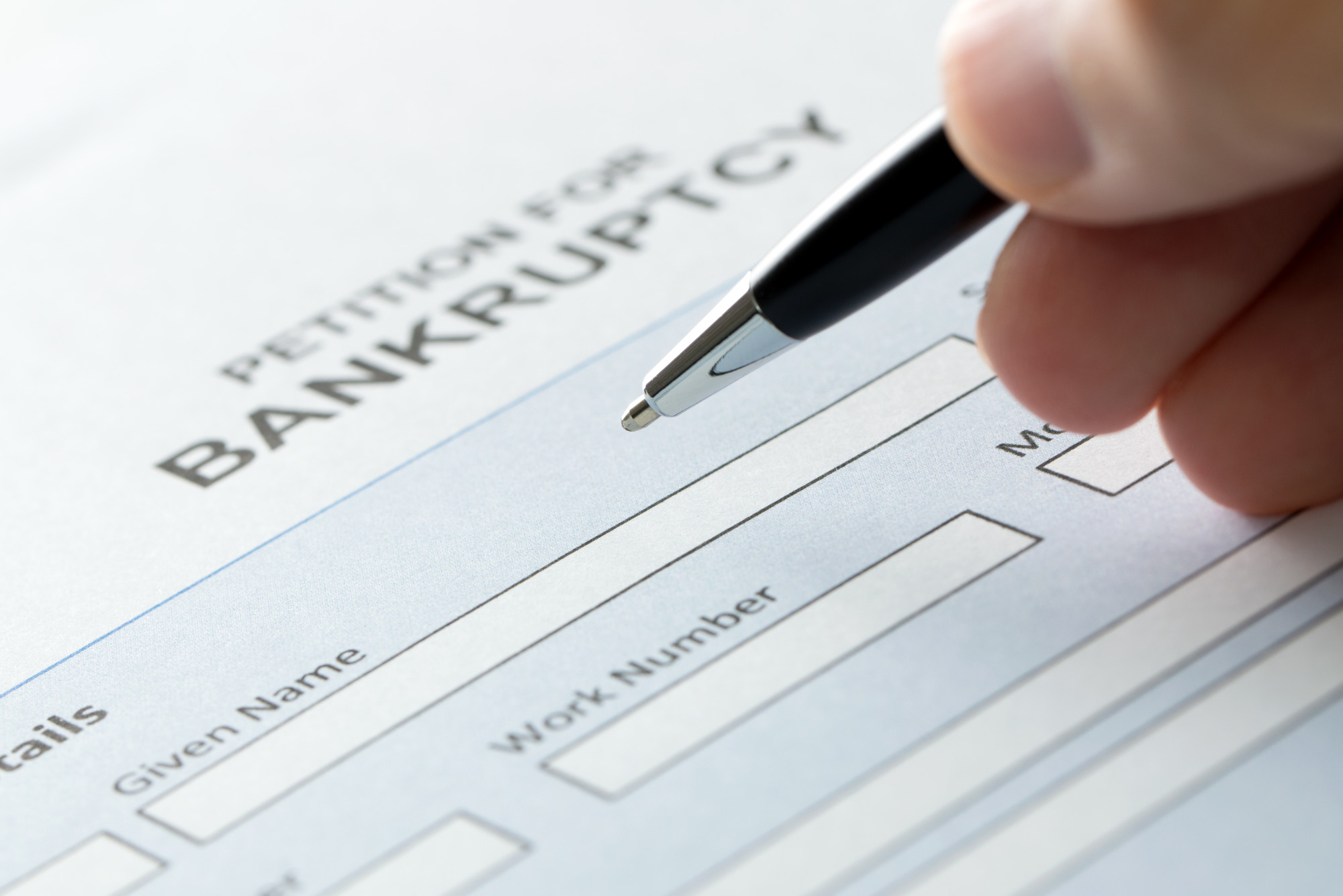
Despite the Coronavirus pandemic, bankruptcy filings in 2020 fell over 40% compared to last year. Still, the pandemic has had a financial toll on a lot of people. If your debt seems to be mounting to overwhelming amounts, you may be considering filing for bankruptcy.
It’s understandable if the concept of bankruptcy scares you, but this is a positive step that will help you eliminate your debt and start over.
The question is, what are the different types of bankruptcies, and what do you need to know first? In Canada, bankruptcy is a legal process that allows you to assign non-exempt assets to your creditors, after which they discharge you from your debts.
You must file through a Licensed Insolvency Trustee. They play a vital role in ensuring that both the debtor and creditor are both treated fairly.
What Are the Different Types of Bankruptcies?
Before you file, it’s imperative that you understand there are two different types of bankruptcies in Canada, which are business and personal. In this post, we’ll look at six different bankruptcy types and help you see how bankruptcy will affect you.
Small Business Bankruptcy
If you’re a sole proprietor or you have a business partnership in Canada, you will have to file for personal bankruptcy. These entities are classified as the same as personal businesses, in which case, both your business and personal assets are inseparable.
If you have an incorporated business, you will have to take an entirely different bankruptcy route that can be quite challenging. You see, an incorporated business is an entity by itself and not part of the owner. The business’s assets and personal assets are treated separately.
Corporate Bankruptcy
If you have a corporate company with financial hurdles, you’ll need a trustee specializing in filing corporate bankruptcies. A corporation is also considered an independent legal entity. In this case, you, as the owner of the business, will be exempted from liability should you become insolvent.
Essentially, this is to say that only the business assets will be seized. However, if you attached a personal asset such as your mortgage or any personal property as collateral or security for your company loans, then it will be seized once you file.
Division I Proposal or CCAA
This is very similar to Chapter 11 bankruptcy in the US. You can file for the Division I Proposal as an individual or a corporation. However, your corporation must be heavily indebted to apply for CCAA bankruptcy.
If you have been wondering what are the different types of bankruptcy that will allow you to pay part of your debt, these two options will do just that. These options will protect you from your creditors, either as an individual or as a corporation, before you reestablish your financial stability.
Consumer Proposal
This type of bankruptcy allows you to wipe off your debt by paying half of what you owe to creditors in a period of five years. This option is only available to individuals, though, and businesses don’t qualify. Beyond that, you must have a debt of less than $250,000, excluding any residential mortgage principal.
You must also be insolvent by the time you get to the point of filing for a consumer proposal. A bankruptcy trustee will review your assets and debts and advise you accordingly on the best type of bankruptcy or proposal to file. If your debt exceeds the stipulated amount, you have to file for the Division I Proposal.
Summary Administration Bankruptcy
These types of bankruptcies are classified as personal as businesses are not allowed to apply. Individually, you’re allowed to file for these bankruptcy types under consumer bankruptcy if the value of your assets is below $15,000. This includes the total value of all assets sold, such as your home, investments, vehicle, or anything that can be seized by the trustee.
Most consumer bankruptcies in Canada are usually summary administration, mostly because people don’t have to advertise their bankruptcy in the dailies. Once you file for it, you also don’t need to call for the First Meeting of Creditors.
Ordinary Administration Bankruptcy
If you need to know what the different types of bankruptcies that can apply for both businesses and individuals are, ordinary administration bankruptcy is one of them.
If by the time you file for bankruptcy, your personal assets have a projection of more than $15,000, you will need to file for this ordinary bankruptcy. In this case, however, you must advertise in the local newspaper and call the First Meeting of Creditors.
The proceeds from the sold assets will pay the trustee. Their fees will accumulate depending on the amount of time it’ll take them to administer the file. Ordinary bankruptcies are usually more engaging and involved and are discharged after nine months or more.
What’s the Process of Filing for Bankruptcy Like?
Basically, there are five steps you need to take when filing for the different types of bankruptcies in Canada. You first need to get a debt assessment by a licensed insolvency trustee. They will assess your financial situation and advise you on other debt-relief options instead of bankruptcy.
Once you decide that bankruptcy is the best option, you’ll need to sign the necessary papers, which are the Assignment and the Statement of Affairs. The trustee will file the papers for you, stopping all debt collections. After this, you’ll need to complete your bankruptcy duties.
These include meeting with creditors, attending credit counseling, making bankruptcy payments, among others. After this, you’ll get your certificate of discharge, which will eliminate your debt.
Different Types of Bankruptcies Explained
While most people have heard about bankruptcies, they have no idea what are the different types of bankruptcies available and how to go about the process. Now that you have an idea about the different types of bankruptcies and understand which one will best suit your situation, you can decide whether this is the best step and how to proceed.
In the meantime, if you need a loan to help you through the hurdles, Captain Cash is more than willing to sort you out. We’ll offer you different types of loans to fit your situation, so get in touch today!
